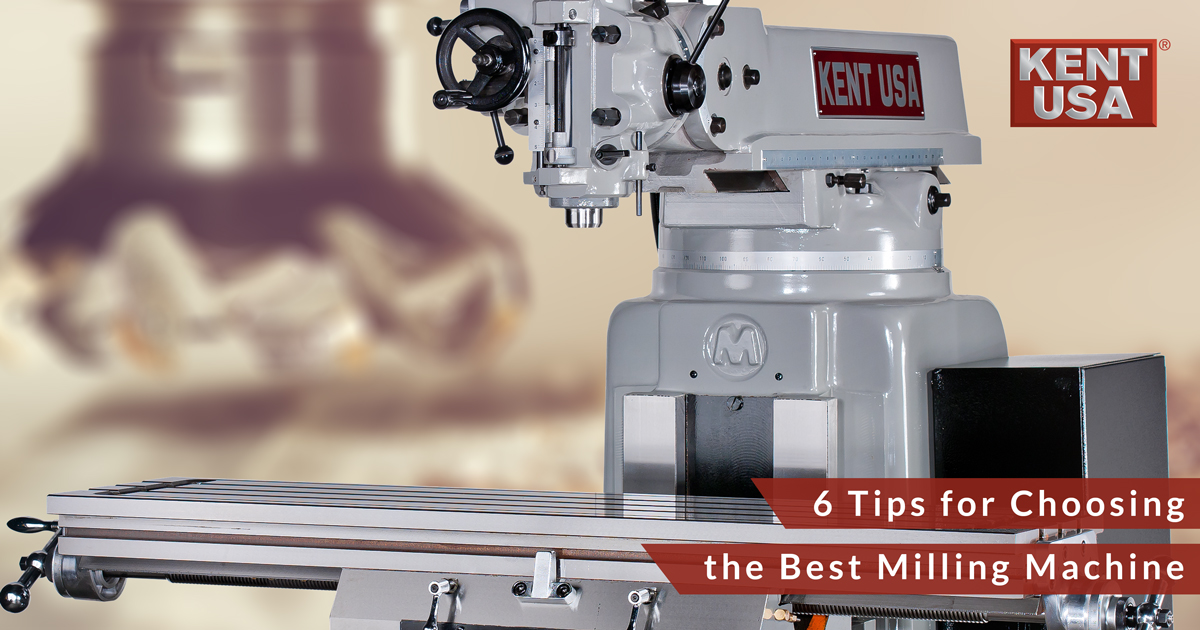Knee Mill Shopping Tips – 6 Tips for Choosing the Best Milling Machine
No matter how sophisticated the machine shop, no matter how many CNCs it owns and operates, you’ll always find a knee mill on the floor. That’s because knee mills are the machine of choice for prototyping, secondary operations, and tooling and fixture work; for shops that are just starting out, knee mills are often the very first machine purchased. They’re flexible, easy to operate, and there’s little that a capable machinist can’t make on one.
Maybe yours is a starter shop. Maybe you’re considering another knee mill to add capacity to your existing equipment. Either way, there are several features you should look for in a new machine:
Travels and Weight Limits
Buying a bigger knee mill than you need is a waste of money. Having to no-quote a job because you’ve run out of axis travel or exceeded the machine’s load capacity is worse. Carefully consider your needs before investing. This is one instance where a little overkill is a good idea.
Spindle Speed and Taper
R-8 is the standard spindle taper on virtually all knee mills. For heavier cuts, consider an NMTB-30 spindle. Unless you like tired arms, opt for a variable speed spindle and power drawbar. And if you anticipate using lots of small cutting tools, a 6,000-rpm spindle is another good idea.
Power feed
Similarly, power feeds on the machine axes and quill (the part that goes up and down) reduce operator fatigue. They also help to improve part quality and increase tool life.
DROs for Knee Mills
A digital read-out might seem like a nice-to-have. That is, until you lose track of how many times you’ve turned the handle and scrap an important workpiece. Look for a DRO with memory functions, hole patterns, centerline calculation, and so on for the greatest functionality. You’ll be glad you did.
Lubrication and Coolant
Most knee milling machines have one-shot or even automatic lubrication. Be sure yours does as well. You’ll also need a way to cool and lubricate the workpiece. A spray mist unit works, but breathing that stuff in all day isn’t much fun. It’s better to go with an actual flood coolant system and chip pan, if available.
Powering your Knee Mill
Most knee milling machines come with 3-phase, 220-volt power. This isn’t a problem for shops in an industrial park, where such power is common. But for those sticking a knee mill in a garage or outbuilding, you’ll need a phase converter (preferably a rotary-style). A better choice might be to order your mill with a single-phase power supply, something that Kent USA offers on many of its KTM-series knee mills
That’s a good start. Of course, there are plenty of other should-haves, including hardened and ground dovetail ways, super-precision ABEC-7 or equivalent spindle bearings, a Meehanite casting, and leadscrews equipped with a backlash-compensating double nut. Happy shopping.
Share this article:


